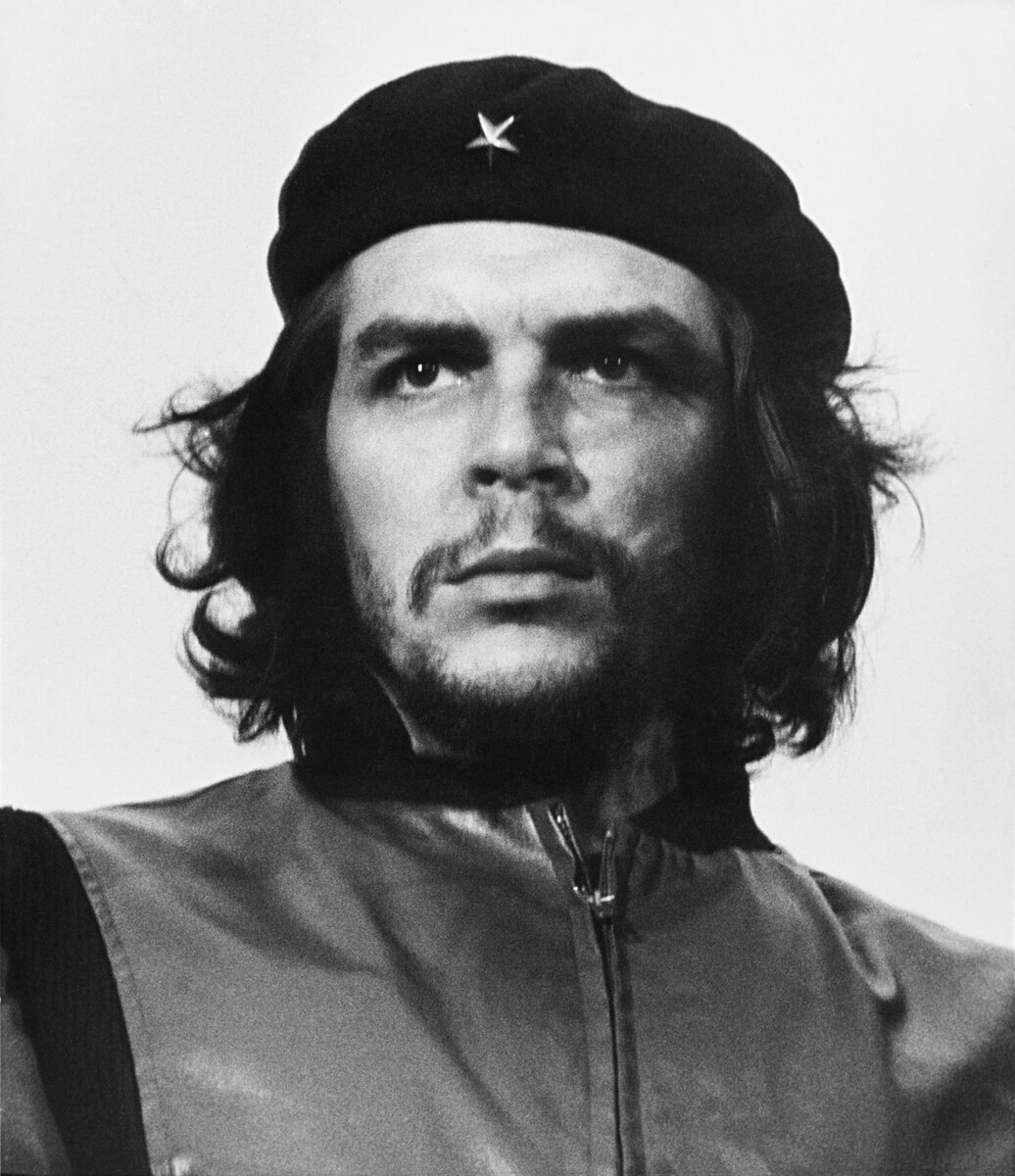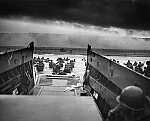October 9th 1967: The day Che Guevara fell and a Legend was born
The death of Ernesto "Che" Guevara is a pivotal event in the history of Latin America and revolutionary movements worldwide. His life and death have been the subject of intense debate and analysis, making him a symbol of revolutionary ideals. Che's death on October 9, 1967, in Bolivia, marks not just the end of his life but also a turning point for leftist movements across the globe. Below is an extended article discussing the circumstances of his death, the political context, and the impact it had on the world.

Background: Who was Che Guevara?
Ernesto "Che" Guevara was born on June 14, 1928, in Rosario, Argentina. A medical student turned Marxist revolutionary, he became involved in political activism across Latin America. His journey into revolutionary politics began with a transformative motorcycle trip through South America, which exposed him to the profound poverty and social injustice in the region.
Che's most famous role was as a key figure in the Cuban Revolution alongside Fidel Castro. His strategic leadership and guerrilla warfare skills played a critical role in overthrowing the Batista regime in Cuba in 1959. After the revolution, he held several high-ranking positions in the Cuban government, including Minister of Industry. Despite his high profile in Cuba, Che sought to spread revolutionary movements elsewhere, seeing the potential for socialist uprisings across Latin America, Africa, and beyond.
The Bolivian campaign: Prelude to his death
Che’s vision of global revolution led him to leave Cuba in 1965, after his unsuccessful efforts to incite revolutions in the Congo. His next mission brought him to Bolivia in 1966, where he aimed to ignite a guerrilla war that would inspire uprisings throughout Latin America. Bolivia, with its mountainous terrain and history of political instability, seemed an ideal place for such an effort.
However, the campaign faced several challenges from the start. Che and his small band of guerrillas, known as the Ejército de Liberación Nacional de Bolivia (ELN), faced difficulties gaining the support of the local peasants, who were largely indifferent or even hostile to their cause. Additionally, Che's group was plagued by logistical issues, illness, and lack of supplies. Bolivian authorities, supported by the United States, were aware of Che's presence and were determined to crush his insurgency before it could spread.
CIA Involvement and the Bolivian army
The Bolivian government's efforts to track down Che and his forces were significantly bolstered by the support of the United States. The U.S., deeply concerned about the spread of communism in Latin America, sent advisors from the Central Intelligence Agency (CIA) and Special Forces to assist the Bolivian army. These advisors provided training and intelligence, using surveillance to track the guerrilla movements.
The CIA’s involvement was part of the broader Cold War context, where the U.S. was actively countering Soviet influence and communist movements around the globe. Che's presence in Bolivia, as a symbol of revolutionary socialism, was seen as a direct threat to U.S. interests in the region.
Capture and execution: The End of Che Guevara
On October 8, 1967, Che's guerrilla group was ambushed in the Yuro Ravine, a remote region in the southeastern Bolivian mountains. Che was wounded in the skirmish and captured by Bolivian soldiers. He was taken to the nearby village of La Higuera and held in a small, mud-brick schoolhouse.
Che’s capture was a significant victory for the Bolivian government and the CIA, but it also posed a dilemma. The Bolivian government, with advice from the CIA, decided that executing Che was the best way to prevent him from becoming a symbol of resistance. On October 9, 1967, after receiving orders from Bolivian President René Barrientos, a Bolivian sergeant named Mario Terán executed Che Guevara by shooting him multiple times.
Che reportedly faced his execution with remarkable calm, famously telling his executioner, "Shoot, coward, you are only going to kill a man." His body was displayed in the town of Vallegrande as proof of his death. To prevent his grave from becoming a shrine, the Bolivian military secretly buried his body in an unmarked grave.
Aftermath and legacy: A Martyr for revolution
Che Guevara’s death was meant to quash the revolutionary fervor he represented, but it had the opposite effect. His death was widely publicized, and images of his lifeless body quickly became iconic, likened to a modern-day Christ figure. The manner of his death, with his unbowed defiance in the face of execution, turned him into a martyr for leftist movements.
In the decades following his death, Che became a symbol of resistance and anti-imperialism, inspiring movements around the world. His image, often depicted wearing a beret with a red star, has been reproduced endlessly on posters, T-shirts, and murals, becoming a universal emblem of rebellion. While some see him as a hero who fought for the oppressed, others view him as a violent revolutionary whose methods included ruthless executions and forced labor camps.
Political impact on Latin America and beyond
Che’s death had a profound impact on the political landscape of Latin America. It served as a catalyst for many leftist movements, even as it marked the end of the guerrilla campaign he personally led. In the short term, the Bolivian government, with the help of the CIA, successfully repressed the spread of armed revolutions. However, Che's ideas lived on, influencing revolutionary movements in Nicaragua, El Salvador, and Colombia during the 1970s and 1980s.
Globally, Che became an inspiration for revolutionary movements in Africa, Asia, and even parts of Europe. His writings, especially his "Guerrilla Warfare" manual, provided a tactical blueprint for insurgents. However, the very complexity of his legacy also provoked deep divisions within leftist circles, with some embracing his romanticized image while others criticized his authoritarian tendencies and the failures of his Bolivian campaign.
Discovery of Che's remains and the revival of his legacy
For years, the location of Che's remains remained a mystery. In 1997, after a lengthy search, a team of Cuban and Argentine scientists discovered his body near Vallegrande, Bolivia. His remains were exhumed and transported to Cuba, where he was given a hero’s welcome and reburied in a mausoleum in Santa Clara, a city that Che had captured during the Cuban Revolution.
The discovery of his remains reignited interest in his life and legacy. For many in Latin America, especially in Cuba, Che remains a symbol of resistance against imperialism and a figure of national pride. In other circles, his legacy is seen with more skepticism, considering the violence that accompanied his revolutionary activities.
Conclusion: The Enduring myth of Che Guevara
The death of Che Guevara is more than a historical event; it represents the death of a revolutionary dream and the birth of a legend. His life and death encapsulate the struggle between revolutionary ideals and the harsh realities of geopolitics during the Cold War. Che's story continues to resonate because it embodies the tension between idealism and pragmatism, between the desire for radical change and the often brutal methods required to achieve it.
In the end, Che Guevara's death in a small Bolivian village became the catalyst for his transformation from a guerrilla fighter into a global symbol of resistance. While the world may remain divided on the true nature of his legacy, there is no denying the profound impact of his life, death, and the myth that continues to surround him.









